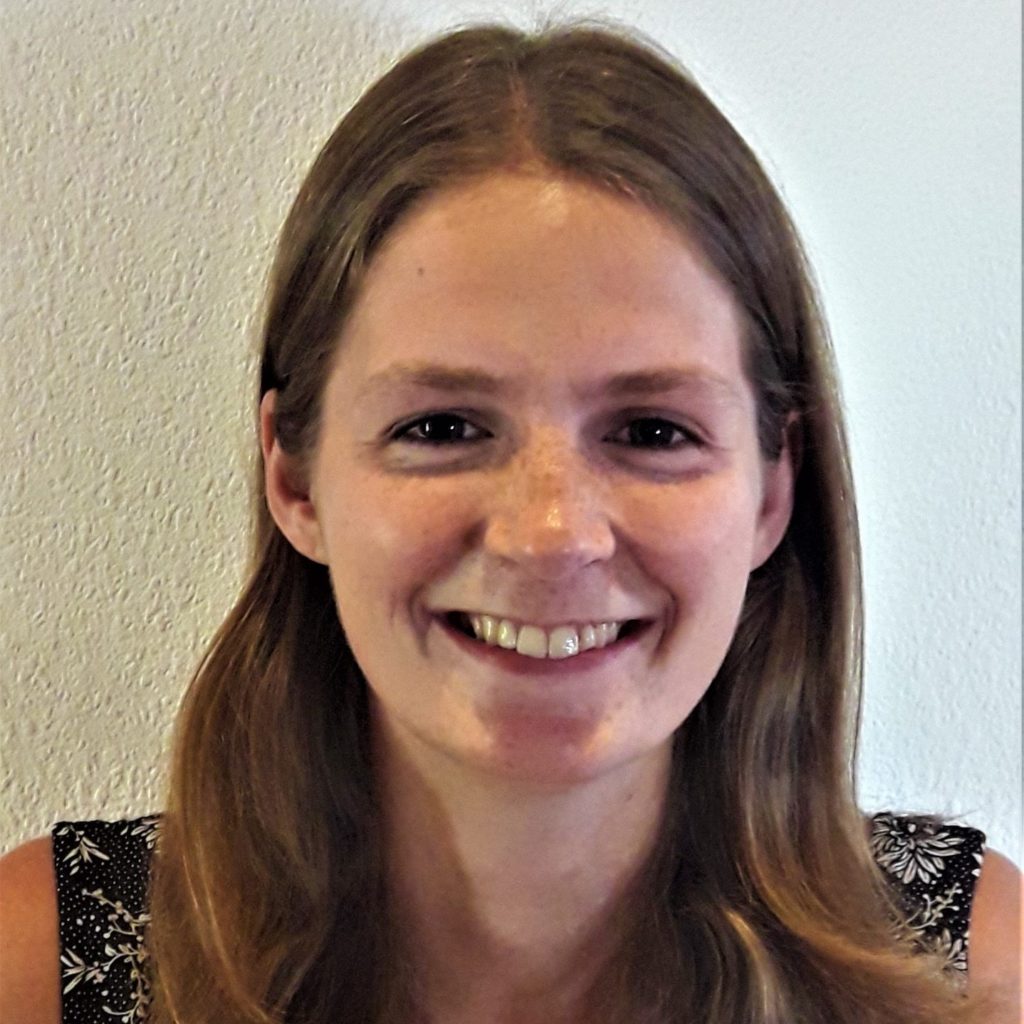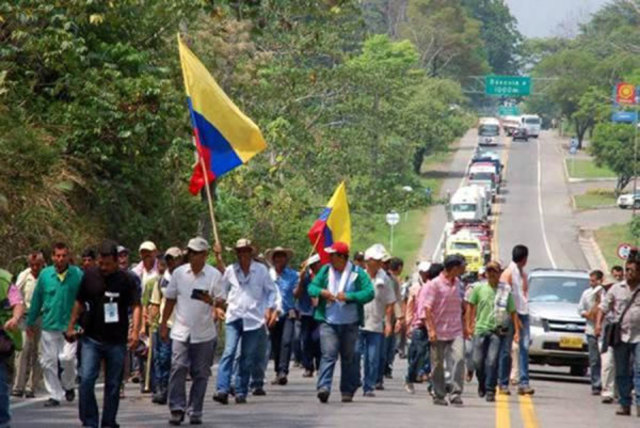
Theresa Bachmann
‘Colombia’s PDET process offers real-life evidence of how citizens’ peacebuilding expectations are frustrated…’
The transition from war to peace is replete with challenges. So, how to build peace after large-scale and at times decades-long violence? In line with the UN’s Sustaining Peace agenda, many scholars, practitioners and policymakers nowadays promote inclusivity as an effective tool or even a precondition for sustainable peace. However, the practical implementation of this agenda faces obstacles and resistance. To build lasting peace, these must be thoroughly identified and addressed.
Participatory failures in post-agreement Colombia offer insights for scholars and practitioners who are promoting the inclusive peacebuilding agenda. One of the most noteworthy innovations of the Colombian peace agreement, the participatory Development Programmes with a Territorial Approach (Programas de Desarrollo con Enfoque Territorial – PDET), illustrate these lessons. These include, among others, the persistence of exclusion, seemingly favourable conditions of citizen engagement notwithstanding.
The PDETs
The PDETs are a cornerstone of the Comprehensive Rural Reform anchored in Chapter I of the 2016 peace agreement between the Revolutionary Armed Forces of Colombia—People’s Army (Fuerzas Armadas Revolucionarias de Colombia—Ejército del Pueblo – FARC-EP) and the Colombian state. Signed towards the end of the Santos presidency, their implementation to date has mainly been responsibility of his successor and opponent of the peace agreement Iván Duque. Equipped with the largest funding ever directed to the Colombian countryside, the PDETs aim at promoting territorial development in 16 of Colombia’s most war-affected regions. These are prioritised in the peace agreement implementation, for the Colombian state has historically failed to provide even basic services and security to inhabitants. Contrary to previous interventions in the 1980s and 1990s, the PDETs promise to be sensitive to local needs and peculiarities by granting citizens exclusive decision-making authority.
Hyping Inclusion: Trendsetter Colombia
In doing so, the PDETs are the first bottom-up development programme to be anchored in a peace agreement worldwide. They reaffirm participatory principles whose relevance for Colombia’s broader peace process Henry Staples previously highlighted on this blog. The peace agreement thereby includes 114 participatory tasks with differential approaches towards particularly marginalised groups, for example, ethnic and sexual minorities, women, victims and young people. As such, it has been internationally celebrated for its inclusivity and innovative power.
Meanwhile, inclusive peacebuilding has globally gained traction since the end of the Cold War. Influenced by criticisms of the prevailing liberal peacebuilding paradigm, its proponents advocate for (greater) citizen participation as a core means to promote a peace agreement’s legitimacy and public support, democratic stability and resilience, state-citizen communication as well as the transformation of socio-political root causes of violence. Its normative desirability in that it gives voice to a wide range of actors has also been strengthened by (correlational) evidence which shows that citizen participation increases both the implementation and the durability of peace agreements. Altogether, this has internationally given rise to what Paffenholz and Zartman describe as ‘”inclusion hype“: There has never been a more conducive set of normative international frameworks that together highlight the importance of inclusion’.

Reality Check: Exclusion on the Ground
In this sense, Colombia’s difficulties in implementing inclusivity on the ground may also offer insights for transitions in other societies emerging from civil war. My research on the Sierra Nevada de Santa Marta – Serranía del Perijá – Zona Bananera (SNP) PDET process shows that exclusion affects societal (sub-)groups, organisations and communities as a whole and involves a large array of tactics. Çuhadar classifies these as implicit-elusive, direct-explicit, and coercive.
For example, young people have been overwhelmingly absent from the SNP PDETs. Those who are involved unanimously claim stigmatisation on behalf of fellow community members and state officials alike. Besides, Juntas de Acción Comunal (Community Action Boards) have no say in the PDETs, despite being the oldest and most important collective organising force in PDET communities since wartime. This is because the design of the PDETs limits citizen participation to individual citizens rather than community groups or associations.
Colombian state institutions most intensely rely on direct-explicit strategies. These comprise a range of non-violent, but manipulative strategies ‘to influence or reverse the outcome of an inclusive process‘. As such, state institutions administratively impose extremely technocratic, methodological rules according to which the PDETs must be formulated and implemented. Initiatives must fit into eight, non-negotiable thematic pillars which exclude highly salient policy controversies regarding Colombia’s extractivist development model. The fact that Colombian municipalities don’t have independent revenues also makes the PDETs susceptible to inference from local policymakers. For instance, mayors of SNP PDET municipalities pursued their political gain by trying to add their own initiatives to the communities’ action plans.
Learning from the PDETs
Colombia’s PDET process offers real-life evidence of how citizens’ peacebuilding expectations are frustrated. This is exacerbated by the overall slow implementation pace as well as persistent violence and insecurity that the newly elected Petro administration inherited from its predecessors, as Eduardo Álvarez-Vanegas sharply analysed on this blog. Combined, these dynamics may end up reinforcing what Burnyeat characterises as ‘chronic distrust in the state‘. This distrust is not new but emerged in colonial times and has been deepened by decades of armed conflict and state neglect of the Colombian countryside.
The Civil War Paths project’s actor-centric approach is helpful to analyse these dynamics, as is its focus on context-sensitivity and (sub-national) variation. More precisely, this approach theoretically justifies and emphasises the empirical relevance of historically filtered, place-contingent state-society relations as an important feature of the PDETs’ politics of participation. Hence, it is not only useful to think of it as a framework of analysis for peace and war dynamics, but for dynamics of inclusion and exclusion more generally. Inclusive peacebuilding may be desirable for a variety of reasons, but numerous peacebuilding actors, including political and economic elites, policymakers, armed groups and community actors can and do manipulate it to reinforce existing power relations. The examples from the SNP PDET process presented here show that these can dramatically curtail (diverse) citizens’ real influence and decision-making power. Rather than uncritically praising the potential of inclusion, scholars and practitioners should recognise that existing difficulties may not only constitute technical-administrative deficiencies but expressions of (systemic) resistance and lack of political will.

